Olympus Pen-F: Recession Camera
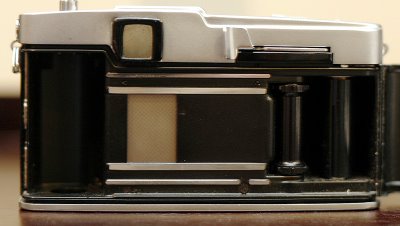 Here it is already halfway through March and I've just now gotten around to posting my February pictures. Part of the delay in getting them posted is because I've been concentrating a lot on time lapse and telescope photography (which I'm just not quite ready to share with the world yet). But the real reason is that I've been rolling with a brand new (used) Olympus Pen-F lately and so I've been burning through about half as much film as I usually do. When shooting with the Pen-F, it takes me longer to get through a single roll. Therefore I have fewer rolls when I do a batch of film. Usually I like to have at least seven to ten rolls of film before I process; the other day I did a batch of five.
Here it is already halfway through March and I've just now gotten around to posting my February pictures. Part of the delay in getting them posted is because I've been concentrating a lot on time lapse and telescope photography (which I'm just not quite ready to share with the world yet). But the real reason is that I've been rolling with a brand new (used) Olympus Pen-F lately and so I've been burning through about half as much film as I usually do. When shooting with the Pen-F, it takes me longer to get through a single roll. Therefore I have fewer rolls when I do a batch of film. Usually I like to have at least seven to ten rolls of film before I process; the other day I did a batch of five.If this doesn't make any sense to you, it's probably because you're unaware that the Pen-F is a half-frame camera. So on a normal roll of 35mm film you can get about 72 pictures. On the Pen-F this is achieved by shrinking and rotating the traditional horizontal/landscape format prism system 90 degrees so that when you hold it normally and look through the viewfinder you're automatically composing in a vertical/portrait format. The size of the resulting frame is decreased by about half, so your negative is tiny (18mm x 24mm) and therefore a bit grainier when enlarged to normal sizes. It takes some getting used to, but if you can get your focus sharp and don't need an in-camera meter, working with this smaller format is a delight. Here are just a few quick examples:
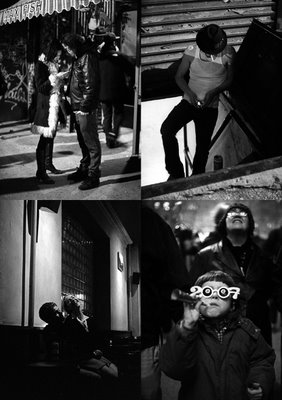 What's more, with a 35mm scanner you can scan two pictures at once. I used to really work this "in-camera" diptych aspect a lot more when I had my Kodak 2035 scanner, but for the past few years I've been using a Nikon 5000-ED scanner and they just don't look as good.
What's more, with a 35mm scanner you can scan two pictures at once. I used to really work this "in-camera" diptych aspect a lot more when I had my Kodak 2035 scanner, but for the past few years I've been using a Nikon 5000-ED scanner and they just don't look as good.If you've never heard of the Pen-F (or FT or FV), it's probably because they were only made for seven years in the 1960s. I first heard about the Pen-F in 2004 from my good friend Andy Cutraro, whose father had found one at a garage sale and gave it to him. Andy brought it to NYC and let me borrow it for a few months, that's what a nice guy he is (he also pointed out this great Cameraquest link about the camera). I soon bought one of my own on eBay, albeit a more cumbersome double stroke model, but that didn't matter because it only cost $100 AND it came with a sweet 40mm f/1.4 lens. I dropped it last fall and dinged up the body pretty good, but was too lazy and broke to see what the repair would cost. My wife got me a new one for Christmas and so I'm treating this one as if it's my last (I've since sold the broken one). With twice the amount of frames on each roll resulting in me shooting about half the amount of film I normally do, it really is the perfect film camera for this recession. In my most recent website update (again, February 2009), all but one of the vertical shots were with the Pen-F. See if you can determine which one wasn't. I'll leave you with some of those diptychs I was talking about, circa 2005:
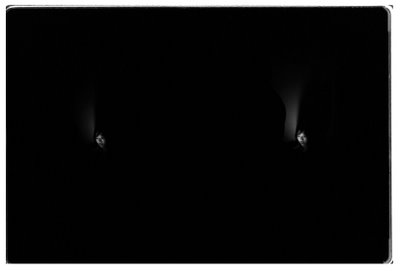
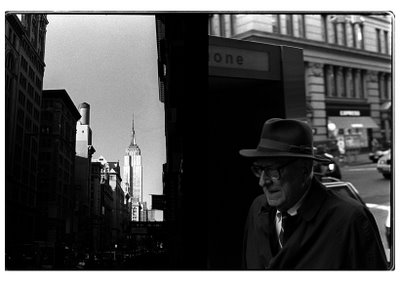
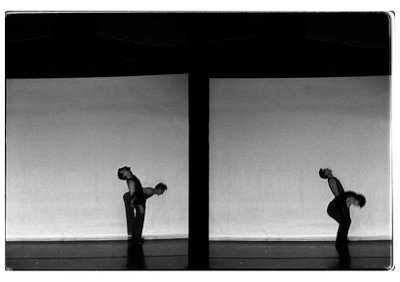
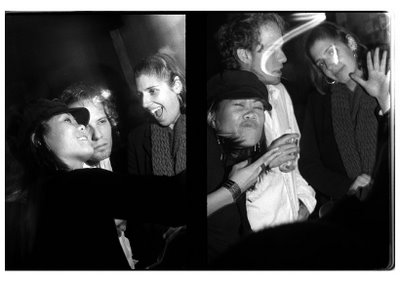
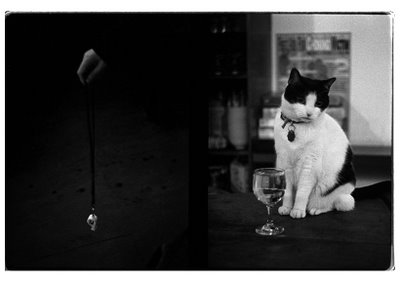

2 Comments:
i love ray k. metzker's work with half-frame cameras in chicago years ago....
The cat seems to be afflicted with a nameless dread of champagne.
Post a Comment
<< Home